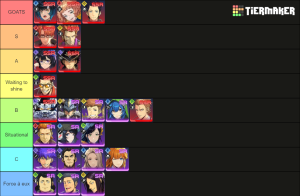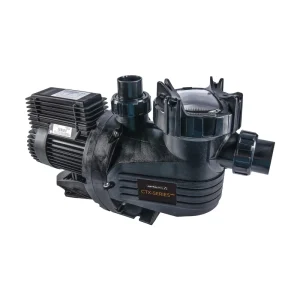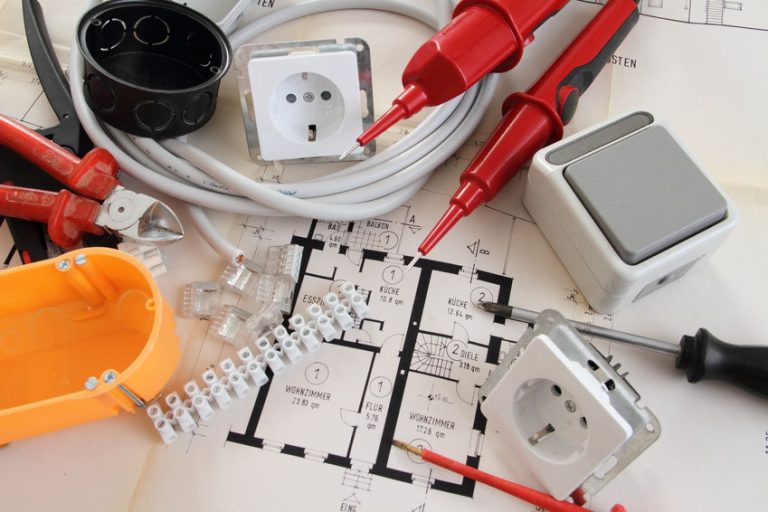Selecting the right 3d scanner software is a pivotal decision, as it directly influences the quality and efficiency of your scanning endeavors. To help you navigate the diverse landscape of 3d scanner softwares, consider this comprehensive selection guide that outlines key factors to ponder when choosing the best 3d scanner software for your specific needs.
- Application and Purpose:
Consider Your Project Scope: Define the primary purpose of your 3d scanner software – whether it’s for artistic endeavors, engineering, architectural design, reverse engineering, or other applications. Different scanners excel in different areas.
- Accuracy and Precision:
Evaluate Precision Requirements: Assess the level of detail your projects demand. High-precision scanners are crucial for applications like healthcare, engineering, and intricate artistic creations.
- Scanning Technology:
Understand Scanning Technologies: Research the various scanning technologies available, such as laser triangulation, structured light, or photogrammetry. Each technology has its strengths and weaknesses, catering to specific project requirements.
- Portability and Size:
Assess Portability Needs: Determine if you need a stationary or portable scanner. Portable scanners are ideal for on-site projects, while stationary ones may offer higher precision for controlled environments.
- Scan Speed:
Consider Project Timelines: Evaluate the scanning speed, especially if you’re working on time-sensitive projects. Some scanners offer rapid scanning capabilities, while others prioritize precision over speed.
- Ease of Use:
User-Friendly Interface: Assess the user interface and ease of operation. Intuitive software and straightforward setup are essential, especially for beginners or those with limited technical expertise.
- Software Compatibility:
Ensure Integration: Check if the scanner’s software is compatible with the design or modeling software you plan to use. Seamless integration streamlines the workflow and enhances efficiency.
- Budget Constraints:
Balance Features with Budget: Establish a budget and explore scanners that align with your financial constraints. There are quality scanners available across a range of price points, from entry-level to high-end professional models.
- Industry-Specific Features:
Industry-Specific Considerations: If your work is industry-specific, such as architecture, healthcare, or manufacturing, look for scanners that offer features tailored to those applications.
- Reviews and Recommendations:
Leverage User Experiences: Read reviews and seek recommendations from professionals in your field. Real-world experiences can provide valuable insights into a scanner’s performance and reliability.
- Future-Readiness:
Consider Technological Advancements: Anticipate your future needs and select a scanner that incorporates the latest technological advancements. This ensures that your investment remains relevant as the technology evolves.
By carefully considering these factors, you can make an informed decision when choosing the best 3d scanner software for your specific requirements. Whether you’re a hobbyist, professional, or industry expert, the right scanner will empower you to unleash your creativity and achieve exceptional results in the world of 3D scanning.













+ There are no comments
Add yours